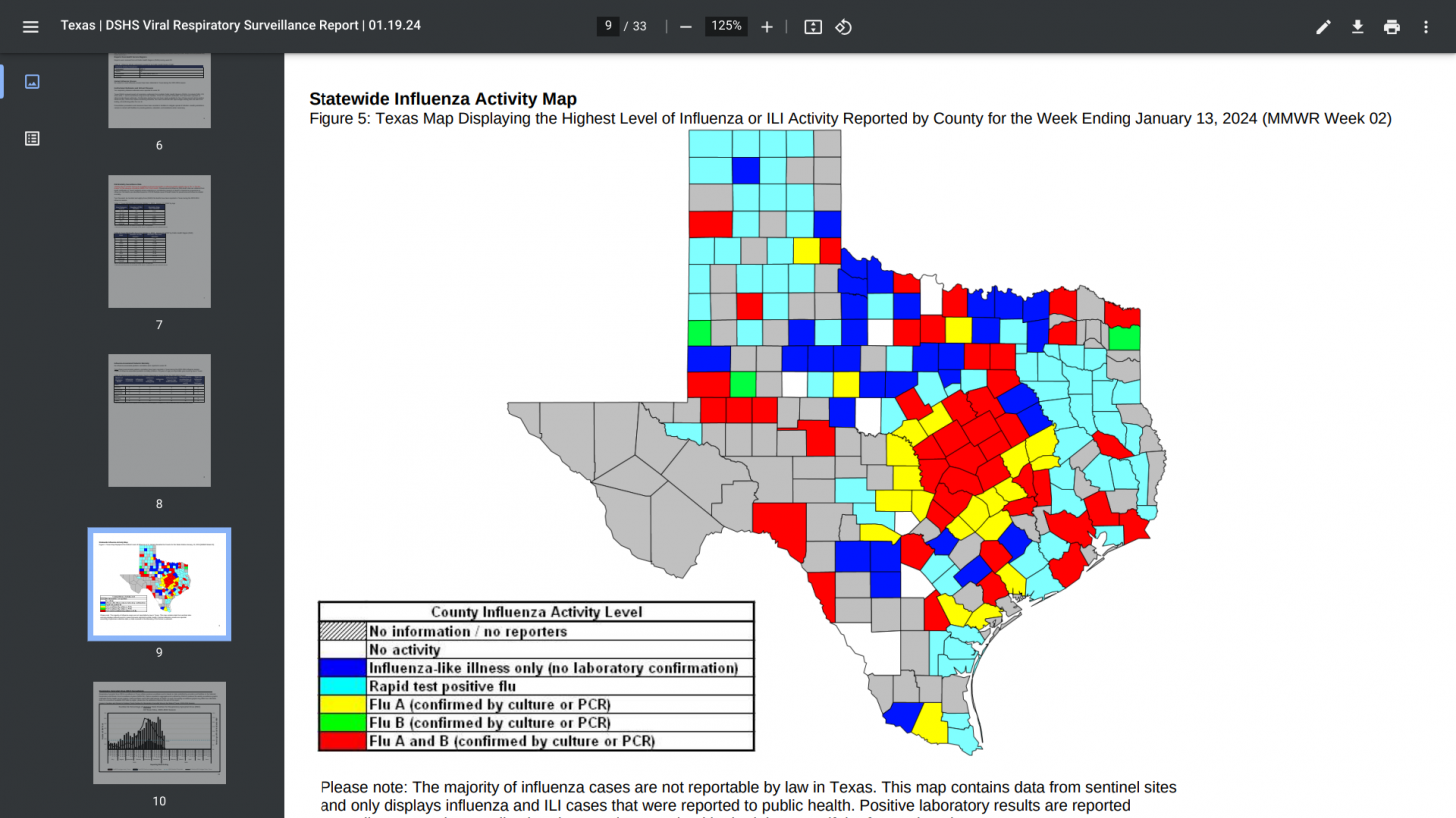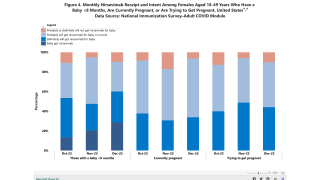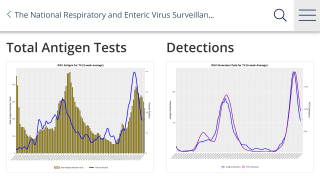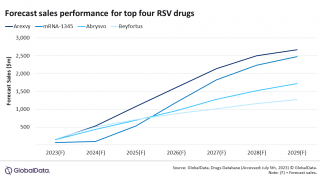Texas Publishes 'Big Three' Respiratory Virus Trends and Insights

The Texas Department of State Health Services (DSHS) today announced it had launched new data tools to empower people to keep tabs on respiratory viruses in Texas.
In Texas, respiratory virus season runs from October to May and usually peaks in the winter. However, these viruses create health risks at any time of year.
Launched on January 22, 2024, the respiratory virus dashboard accessible through DSHS's Texas Health Data site shows trends in illnesses from influenza, COVID-19, and Respiratory syncytial virus (RSV), the respiratory viruses most likely to cause serious disease at this time of year.
Updated each Friday, this innovative dashboard's data includes emergency room visits, hospitalizations, and deaths.
"Those data points demonstrate the diseases' most severe effects on people, communities, and the health care system," said DSHS Commissioner Jennifer Shuford, MD, MPH, in a press release.
"The dashboard provides a near real-time look at conditions so that people can make informed decisions on precautions for themselves and their families, and health care professionals can make recommendations to their patients."
DSHS is also publishing a new weekly respiratory virus surveillance report, combining separate reports on influenza, COVID-19, and RSV.
The report contains more in-depth data on the three diseases, including, but not limited to, information on the burden of influenza-like illness (ILI), counties where different types of flu have been found, and the proportions of COVID-19 variants present in Texas.
As of January 19, 2024, compared to the previous week, the updated surveillance report confirmed the following:
The percentage of specimens testing positive for influenza reported by hospital laboratories has increased.
The percentage of patient visits due to ILI has decreased.
No influenza-associated pediatric deaths were reported.
Ten influenza-associated institutional outbreaks were reported in long-term care facilities.
Furthermore, the Walgreens Flu Index® only listed Tyler-Longview and El Paso, Texas, in its top ten cities reporting influenza medication dispensing.
Getting immunized against respiratory viruses is a good way for people to protect themselves against the severe disease, hospitalization, and death they can cause, wrote DSHS.
According to recent U.S. CDC data, the national percentage of the population reporting receipt of COVID-19, influenza, and RSV vaccines remains low for children and adults.
The percent of the population reporting receipt of the updated 2023-24 COVID-19 vaccine is 11% for children and 21.5% for adults 18+, including 40.9% among adults age 65+.
The percent of the population reporting receipt of a flu vaccine is 47.5%, and influenza vaccination coverage among pregnant women as of December 2023 is about 3% points lower compared to the end of December 2022 (36% Vs. 39%),
The percentage of adults aged 60+ who report receiving an RSV vaccine is 21.1%.
As of January 22, 2024, various respiratory vaccines remain available at most pharmacies in Texas.
Our Trust Standards: Medical Advisory Committee
























